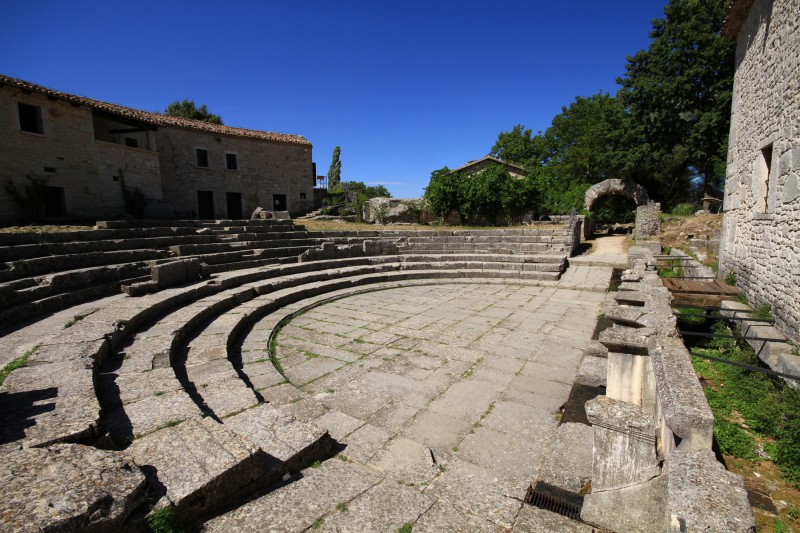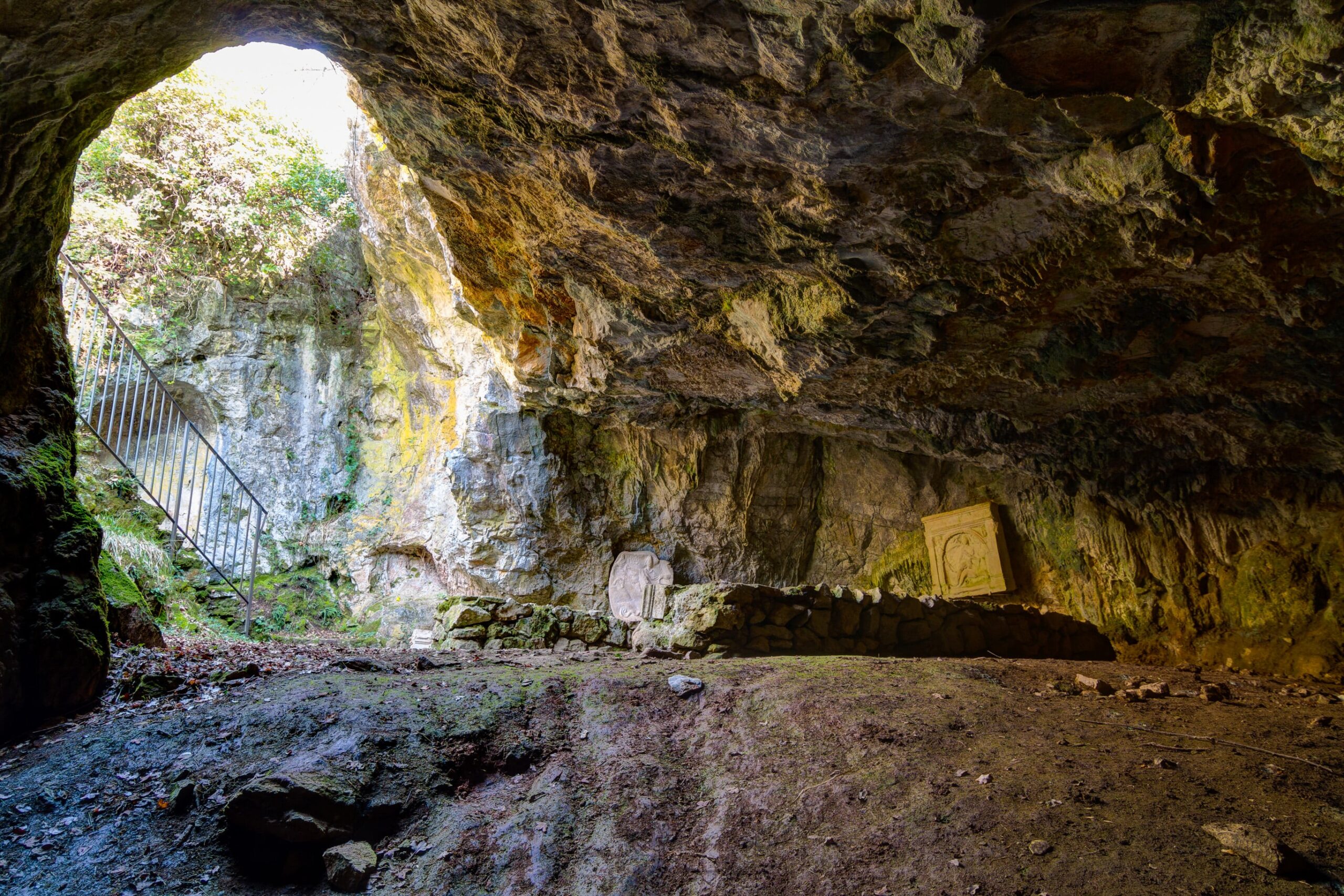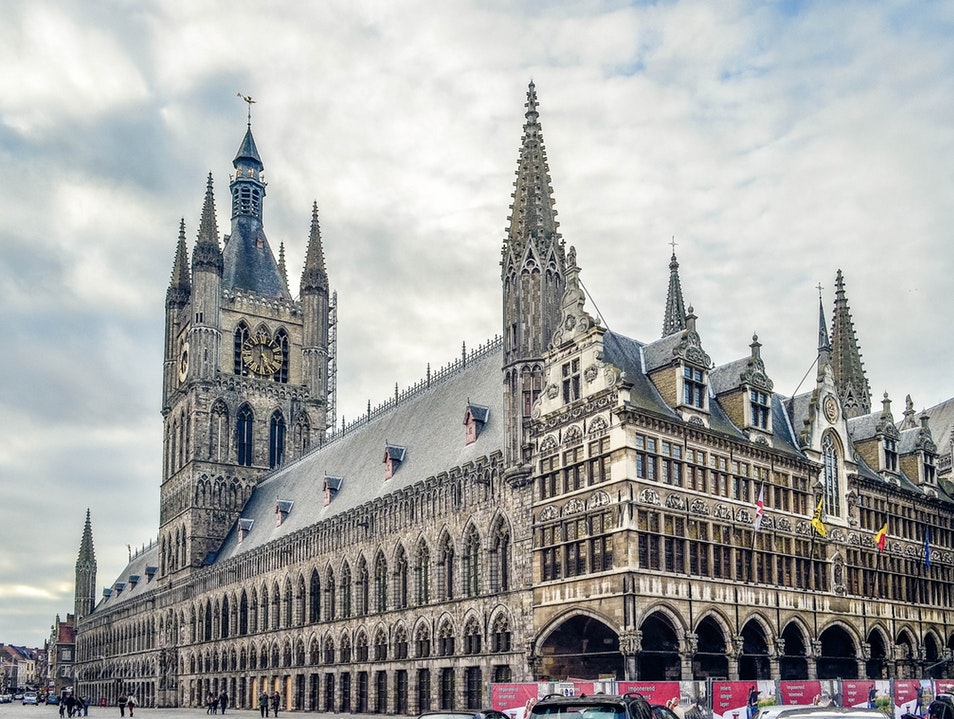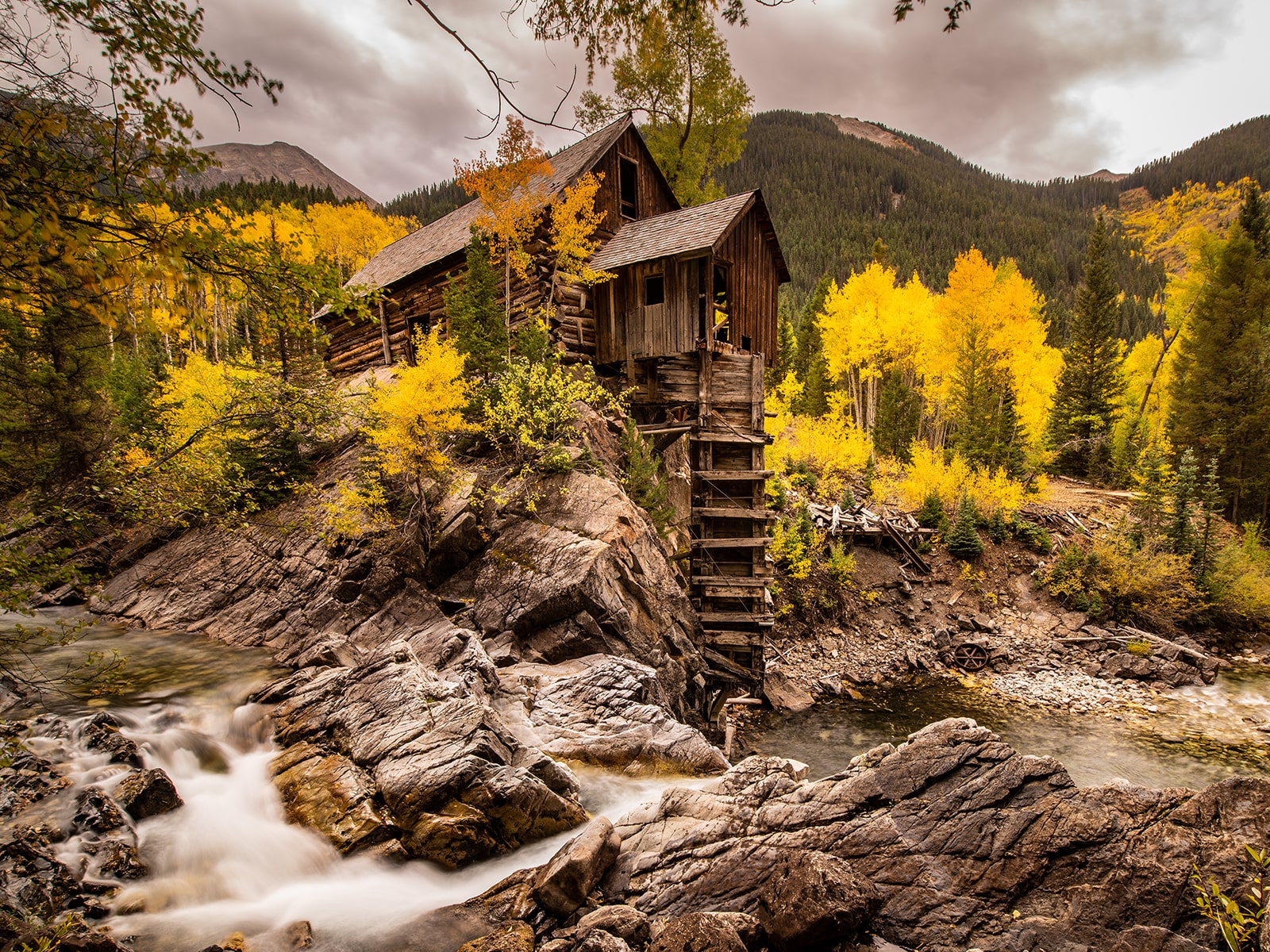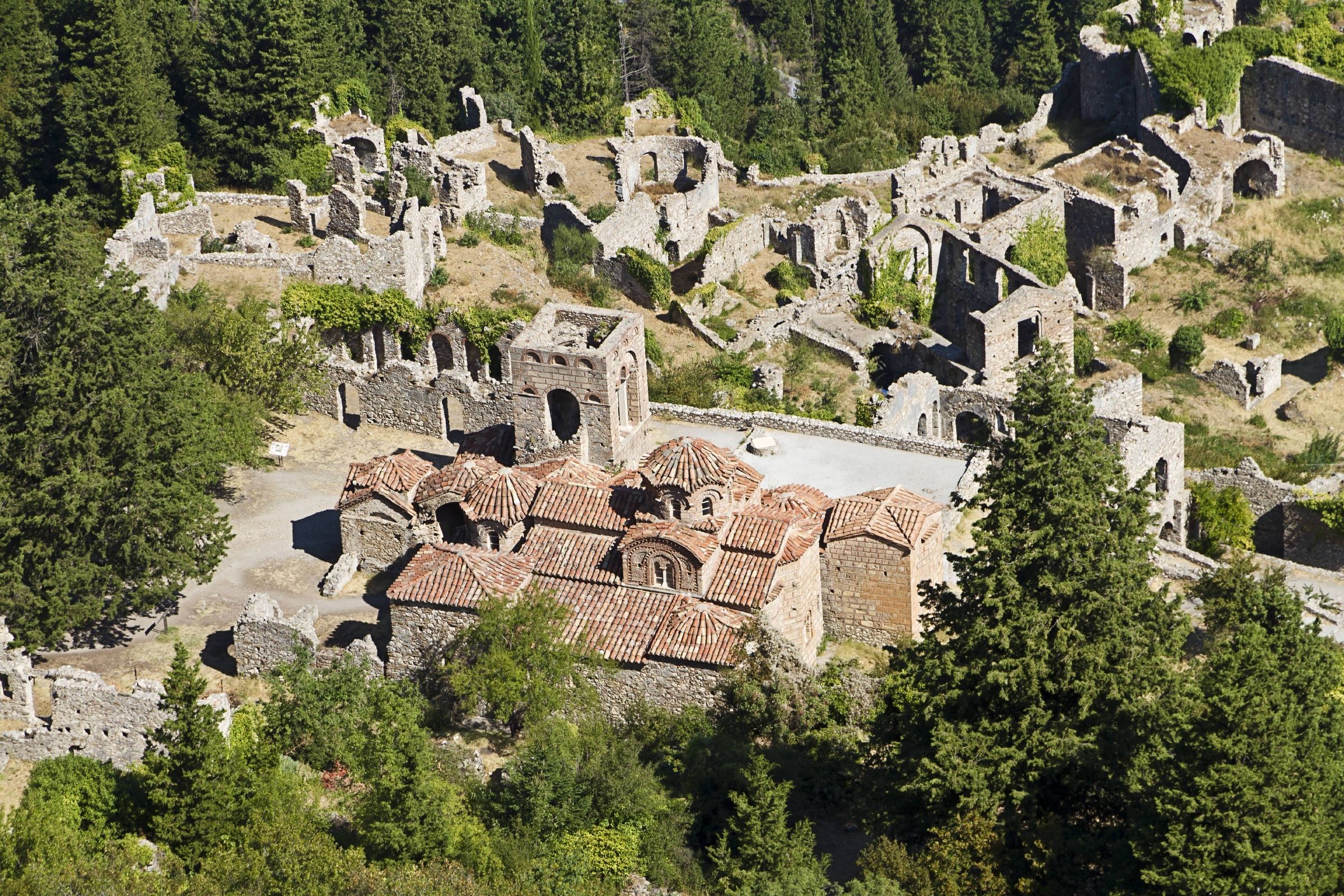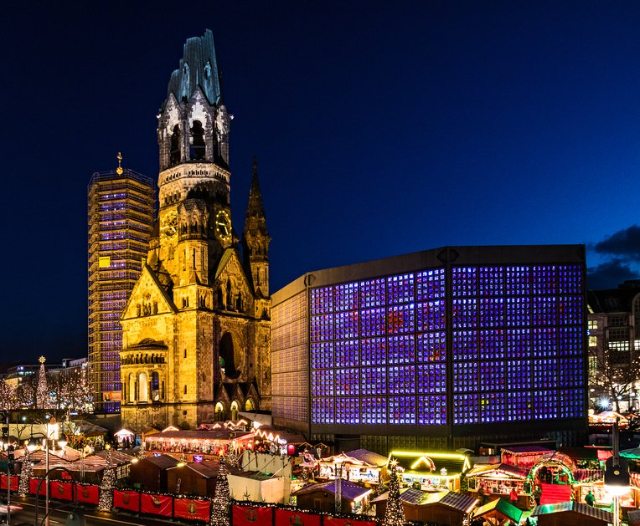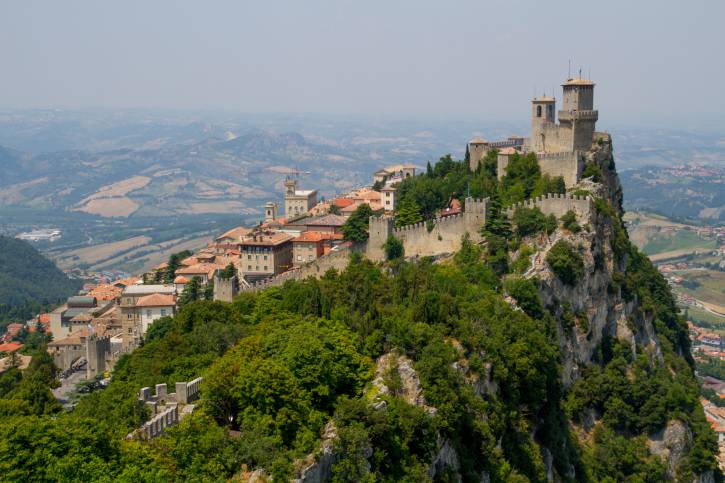Situated in the northern quadrant that is formed by the intersection of the two main urban road axes, the theater is leaning with its cavea against the section of the city wall on the northwestern side, near the corner it forms with the northeastern section.
The upper part of the cavea, even rests on the urban wall structure, while the ima cavea is dug into the ground.
Of the lowest part of the tiers, nine tiers of steps and the entire paved floor of the orchestra have integrally survived.
The cavea was divided into at least three sections corresponding to the ima, media and summa cavea strictly separated by the praecinsiones, real semicircular corridors that facilitated spectators’ reaching the seats.
Situated in the northern quadrant that is formed by the intersection of the two main urban road axes, the theater is leaning with its cavea against the section of the surrounding wall on the northwestern side, near the corner it forms with the northeastern section.
The upper part of the cavea, even rests on the urban wall structure, while the ima cavea is dug into the ground.
Of the lowest part of the tiers, nine tiers of steps and the entire paved floor of the orchestra have integrally survived.
The cavea was divided into at least three sections corresponding to the ima, media and summa cavea strictly separated by the praecinsiones, real semicircular corridors that facilitated spectators’ reaching the seats.
The tetrapili represent the most relevant structural and architectural element of the complex. they are made of compact local limestone stone elements like all the other construction elements of the building.
They present trapezoidal plan, being arranged to continue the curved walls of the ambulatory, and the sides tend to align on the radii of the semicircle with the consequence that the outer pillars are significantly larger than the inner ones. Next to them there is no trace of paving. The pillars consist of rectangular stone blocks aggregated without the use of cement mortar. The blocks that make up the arches supported by the pillars show pronounced rusticated ashlar on the outer faces.
Corresponding to the major axis of the second inner entrance is an opening of which only the left edge is visible and which must be thought to be access to the orchestra or to a second ambulatory under the tiers of seats. The construction system of the inner wall of the ambulatory is identical to that of the perimeter wall and so is the facing.
From one of the inner pillars of the tetrapyle starts a wall toward the orchestra that is one meter and thirty centimeters thick ce breaks off at one meter and eighty centimeters from its beginning to give the shape to a door whose opposite edge is a wall two meters and seventy meters thick that seems to be directed toward the orchestra.
On it, at the height of the frame of the tetrapil, traces of the impost of an arch that must have limited a door can be seen.
From the early Middle Ages to the present day, a complex of buildings was formed on the Sepino theater, as in other theaters and amphitheaters in Italy, which, using the inner wall of the perimeter ambulatory as a foundation, developed in the form of a semicircle.
A reading of a plan preserved in the Pasquale Albino Provincial Library in Campobasso shows that in the mid-19th century there was, as today, already a house implanted right on the stage, a building on the western tetrapil (still extant) and, detached from the latter, a series of three houses joined in a row. Missing was the house joining the latter three with the house set on the tetrapil as well as a small building on the other tetrapil that was demolished during the 1950 excavation campaign to clear the tetrapil on which it rested.
Two avant-corps depart from the buildings placed in a row: of one of these we know the date of construction thanks to an inscription made on a small Roman funerary stele embedded in the middle of the wall of the front projecting two meters in height that says D.O.M. C.M.F. A.D. 1770 to remind us that at that time the complex of buildings belonged to the family of C. MAGLIERI.
The second forepart appears to have been built at two different times, one of them just over half a century ago.
These buildings as a whole today constitute a particularly original ensemble where it is possible to read both the original layout of the Roman theater and the seventeenth-eighteenth-century superimposition that of the original building preserved only the layout.
The present form is actually a kind of historical synthesis of two forms that have ever existed simultaneously even though one was strongly conditioned by the other.
The result of the restoration work, in other words, resulted in the birth of a third monument that is the cultural synthesis of two substantially and ideologically different historical moments.
Restoration work began for the theater in 1950 under the direction of Prof. Cianfarani of the Abruzzo Superintendency, on which Molise depended.
